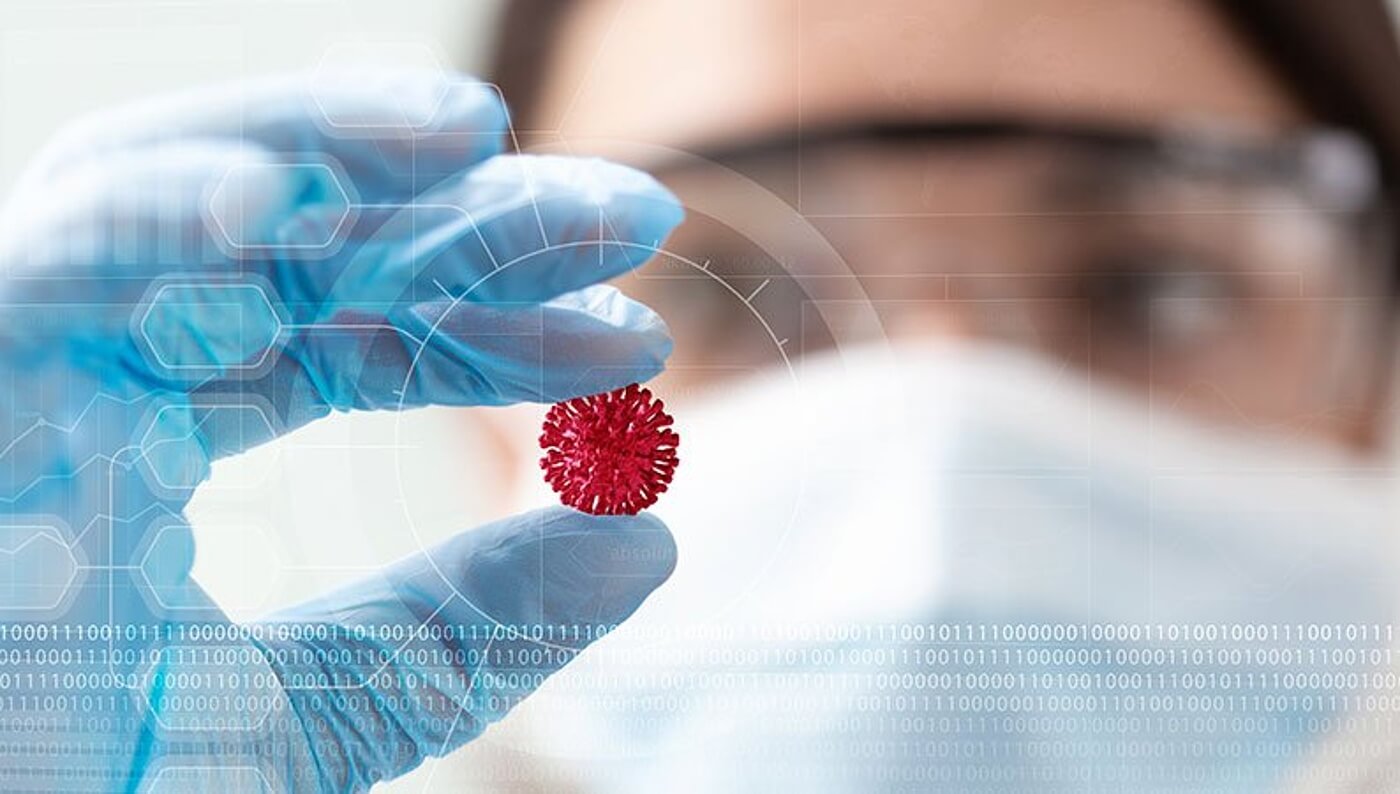
COVID-19 and Intellectual Property's role in facilitating vaccine access
The year 2020 commenced in much the same way as most years do, but it quickly became apparent that the world needed to brace for the unexpected. As 2020 nears its close, COVID-19 remains a significant threat in nearly every corner of the world. It has become clear that Intellectual Property issues may have a considerable role to play in the accessibility of forthcoming vaccines.
On December 31, 2019, public health officials in Wuhan, China, reported 27 cases of an unknown respiratory disease, then described as "viral pneumonia," to a local branch of the World Health Organization (WHO). Tracing pinpointed the Huanan Seafood Wholesale Market in Wuhan as the most likely source of the virus that would become formally known as SARS-CoV-2, and Chinese authorities promptly closed it (along with other, similar marketplaces). Cases of the virus's unique illness, which we now know as COVID-19, began surfacing outside China by January 13, 2020. Approximately two months later, the WHO officially characterized it as a global pandemic.
COVID in a nutshell
The virus affects the respiratory system and is characterized by symptoms ranging from coughing, shortness of breath and fever to severe pneumonia, kidney failure and death. The virus is transmitted between people in aerosolized respiratory droplets during both asymptomatic and symptomatic phases, meaning a seemingly healthy person carrying the disease can still infect others. This high rate of transmissibility, or R-naught, means daily caseloads are measured in the tens and sometimes hundreds of thousands, overburdening many countries' health systems and forcing national lockdowns to slow the disease's spread. Many nations have seen multiple waves of large-scale infections, necessitating further lockdowns in an attempt to ensure sufficient hospital capacity is available for those that fall ill.
As of this writing, there have been just under 55.8 million COVID-19 cases worldwide and 1.34 million deaths, per data from Johns Hopkins University. The U.S. exhibits the highest total number of cases as it and other nations enter a new wave of infections that threatens to surpass the first spring wave in its scope. Not only has the pandemic affected the vast majority of people's lives, but it has also burdened their day-to-day livelihoods — not to mention the economies of countries that have significantly slowed during national lockdowns. Hence, people all over the globe are wondering when a vaccine will be ready so that "life as normal" can resume. Do you want to register, maintain or enforce a patent right?
The pool of potential vaccines
According to recent data compiled by The New York Times, 54 vaccines are currently in various stages of clinical trials, with 12 in the home stretch and nearly 100 more in the animal-testing phase. Six vaccines have received early approval in Russia and China, but notable concerns exist regarding the safety of these drugs due to the limited testing they have undergone. As such, these are not considered the solution the world is looking for.

Vaccines most likely to be rolled out in coming months — if approved by regulatory bodies worldwide — include a two-dose drug developed by Pfizer and BioNTech and another treatment developed by Moderna. Pfizer claimed its vaccine was 95% effective and carried no severe side effects, while Moderna cited a reduction of COVID-19 infection in 94.5% of people. The Moderna vaccine is slightly more stable and does not require ultra-low temperatures for storage, making it a better candidate in countries where maintenance of the cold chain may present technical or technological difficulties. The WHO has already published guidelines to govern the equitable distribution of any vaccine that hits the market, though there are fears that allocation of the treatment will, at least at first, fall well short of what worldwide distribution would require.
The money factor
The development of a vaccine is a laborious and high-cost process, particularly during late-stage clinical trials. As such, there is generally no incentive to develop a medicine without a clear guarantee of return on investment. Pharmaceutical companies spend billions of dollars developing drugs every year for large profits, and the patent system allows for this, as money ultimately incentivizes innovation. Philanthropic vaccine development is highly uncommon and often not sustainable, given the sheer magnitude of investment it takes to get a drug to market.
The only way to create (and protect) a monopoly related to a COVID-19 vaccine would be through securing IP rights — primarily through the patent system, with such patentable subject matter having global relevance. The vaccine would also be sold under a trademark with its own worldwide relevance, and there would be copyright associated with the vaccine package insert that would be unique to the manufacturer.
IP's role in vaccine access
It is evident that vaccine candidates will be protected via patent, and supply and demand will inevitably govern the market. Moderna is already taking orders from first-world countries, including the U.S., U.K., Canada and Switzerland, for its vaccine. Thus, despite the WHO's recommendations for equitable distribution, it seems that those who can pay will get first. Furthermore, secondary and tertiary costs associated with the vaccine will also complicate matters, as we have seen regarding access to anti-retroviral medication for the treatment of HIV (which remains widely prevalent in numerous third-world countries, in some instances at pandemic proportions).

Global health emergencies are anticipated in Article 31 of the Trade-Related Aspects of Intellectual Property Rights (TRIPS) Agreement, covering the laws of member states that allow the use of patented material without authorization of the rights holder. Where such provisions exist in local laws, those auspices of Article 31 must be observed. However, the frightening issue here is that such exceptions to rights conferred are not codified in the laws of all countries party to TRIPS, but in fact, create flexibility for nations not wishing to follow the exception to the letter.
TRIPS anticipates that states may essentially make use of patented material without the authorization of the rights holder in instances of national emergency, as long as the rights holder is informed accordingly within a reasonable time period. This emergency provision is, in theory, ideal for situations such as the one in which the world currently finds itself. However, this piece of guidance is permissive, so member states are under no obligation to incorporate such emergency provisions into their national laws.
In the interest of stemming the pandemic worldwide and facilitating a global economic recovery, the WHO's vaccine-distribution plan will hopefully be followed. If not, we will not only be looking at a continuing pandemic but also an inability by some states to take matters into their own hands regarding walk-in rights. This would lead to recoveries that vary wildly from nation to nation, as people's chances of receiving a life-saving vaccine may depend on whether their country prioritizes public health at large or focuses on the well-being of the more affluent.
It is unlikely that the world will ever return to the precise version of "normal" that existed before COVID-19. But suppose walk-in rights and licensing agreements are struck to increase vaccine-manufacturing capacities. In that case, large quantities of these drugs can be manufactured and distributed as quickly as possible. Our personal and professional lives may start regaining a sense of greater stability, if not "normalcy" per se.
Filed in

Explore the latest IP dramas, from an Olympic trademark dispute to challenges in drug patenting and a lawsuit for allowing music piracy.




